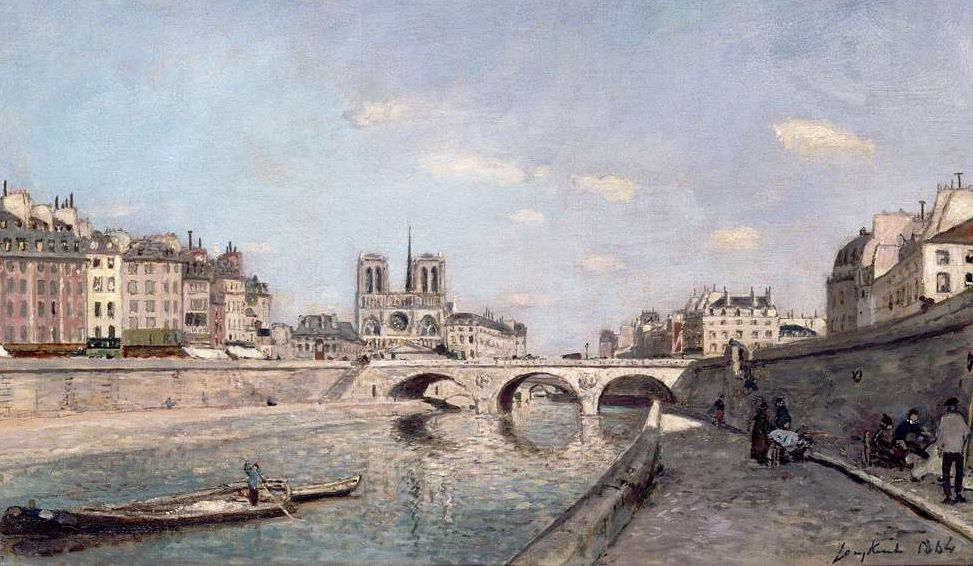The second muse of the artists, French or foreign, in residence in the capital: its epicurean spirit, notably illustrated by the guinguettes, cabarets and street parties. Alongside Renoir's world-famous “Moulin de la galette”, Vincent van Gogh immortalized the backyard of the café La bonne franquette in his painting "La Guinguette" where, with other artists, he came to drink absinthe.
An alcohol illustrated, among others, by Edgar Degas and Toulouse Lautrec even if the latter remains more associated with the Moulin Rouge, the most famous (still today) of the cabarets of the capital that he will sketch under all its seams and will contribute to popularize with his innovative advertising posters.
Speaking of innovation, it is impossible not to mention the master of impressionism Claude Monet whose painting "La rue Montorgueil", with its multitude of blue, white and red pennants, marked the history of art as did the work of his friend Edouard Manet.
